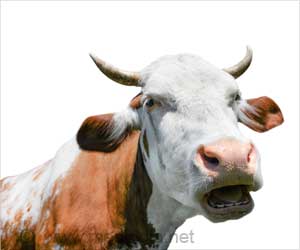The Canadian Food Inspection Agency (CFIA) started its investigation when the fourth cow was tested positive for this disease.
Mad cow disease or bovine spongiform encephalopathy (BSE) is the condition in which there is extensive wasting of the brain among the cattle. It is very fatal.
The Canadian Food Inspection Agency (CFIA) started its investigation when the fourth cow was tested positive for this disease.The cow was home-grown and six-years old. The results of the investigation were that there were no additional cases of mad cow disease found in Alberta.
Gary little, acting senior staff veterinarian for the CFIA led the extensive investigation. The team studied about 156 cohorts, cattle from the birth farm born 12 months before or after the infected cow.
Out of this number only 38 were located alive on various Alberta farms. All of them tested negative for BSE.
CFIA reports that the remaining 118 animals had either died or had been slaughtered. The agency was not aware of the exact number of cows that would have been slaughtered for human consumption.
He also said that the large number of cows would have been slaughtered because when they are about 20 to 22 months of age, they do not display abnormalities related to mad cow disease.
Advertisement
This showed that the cow was born after 1997, when the Canadian government banned cattle from eating feed containing protein from cows and other ruminants such as goats and sheep, following Britain's mad cow outbreak.
Advertisement





